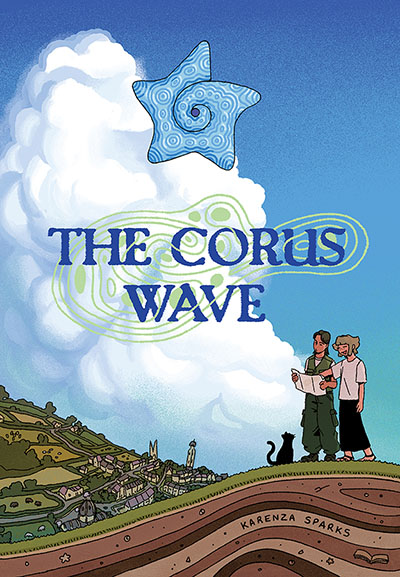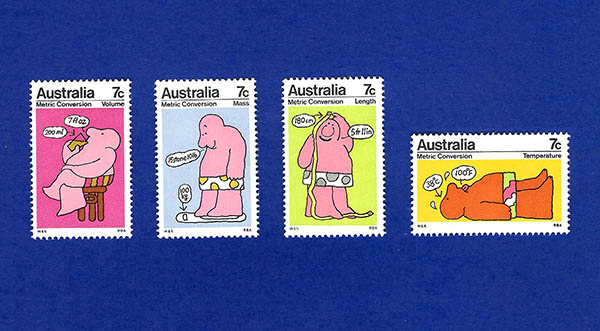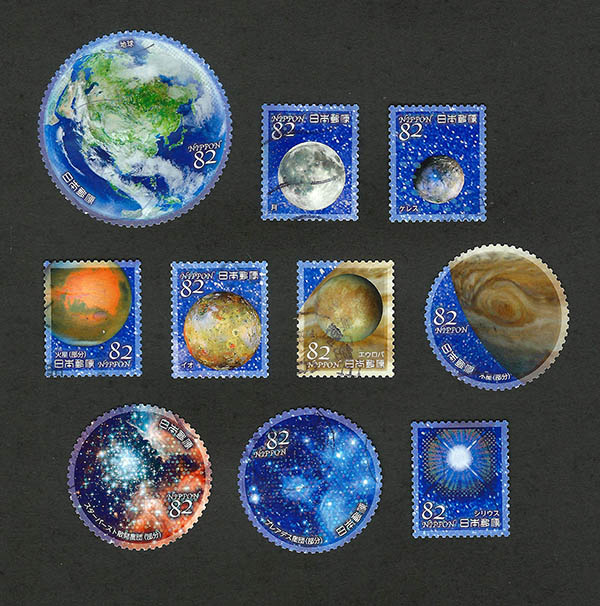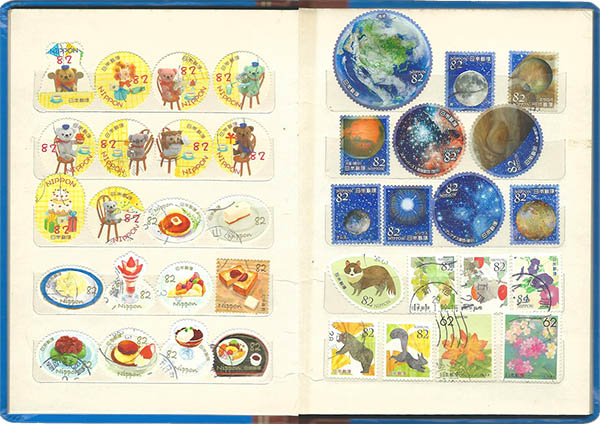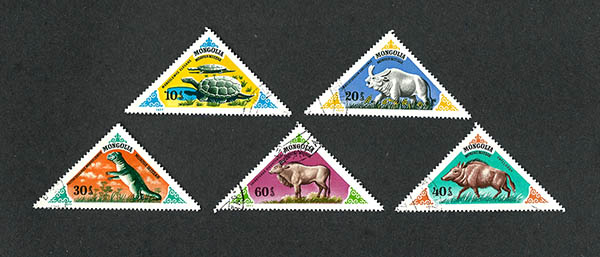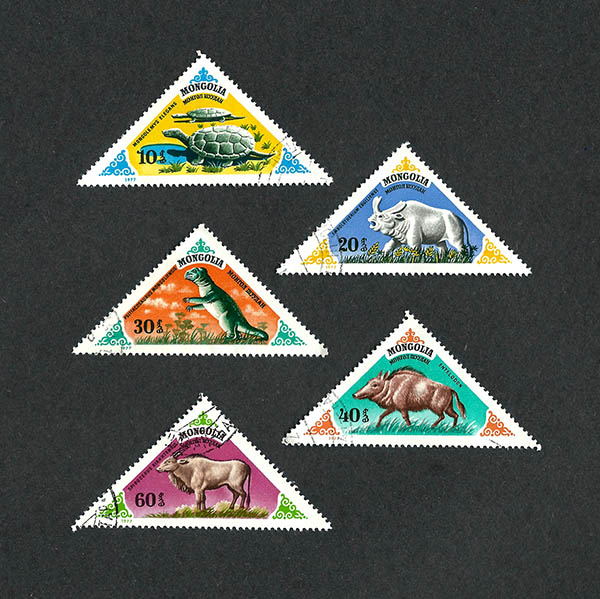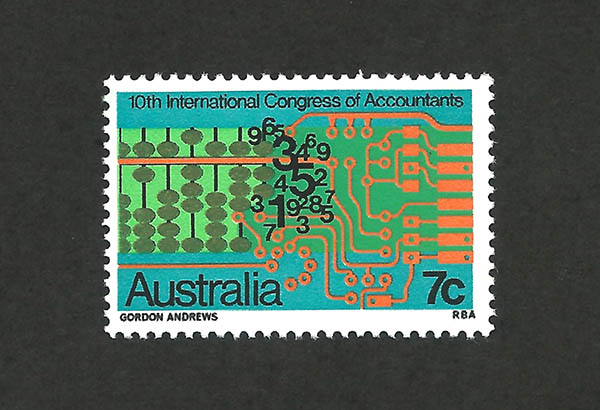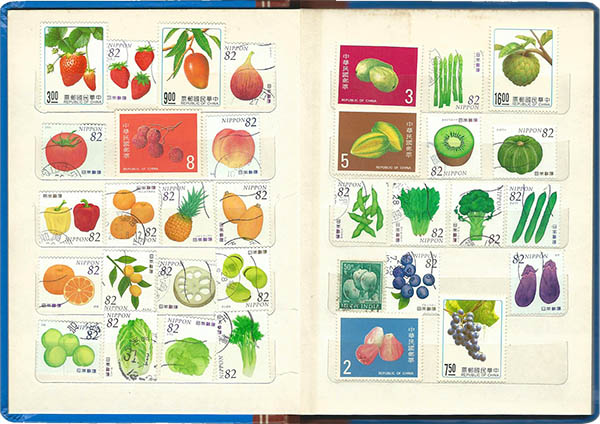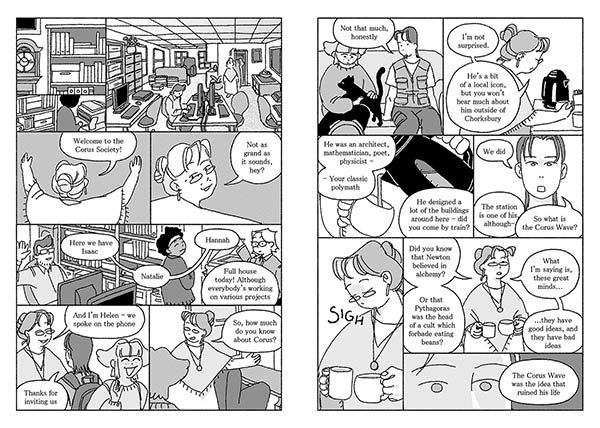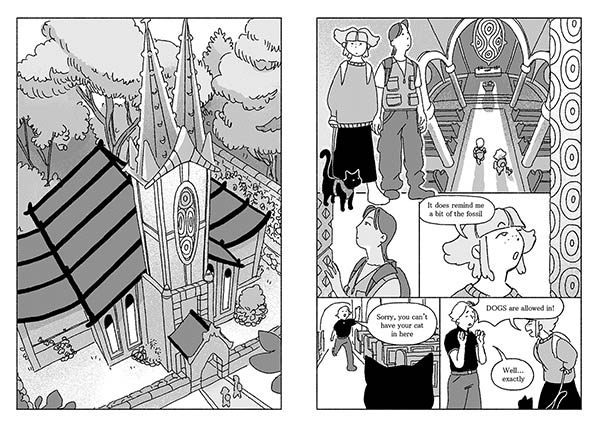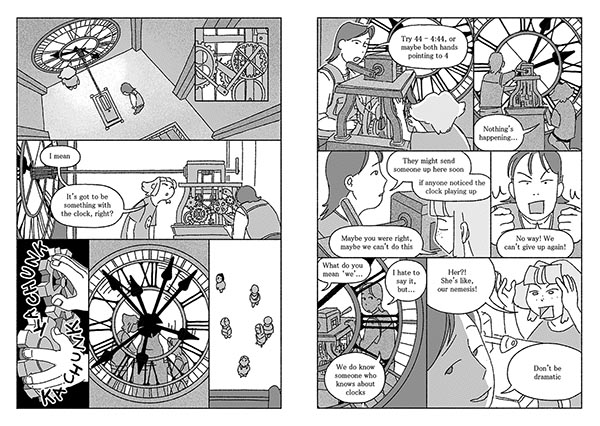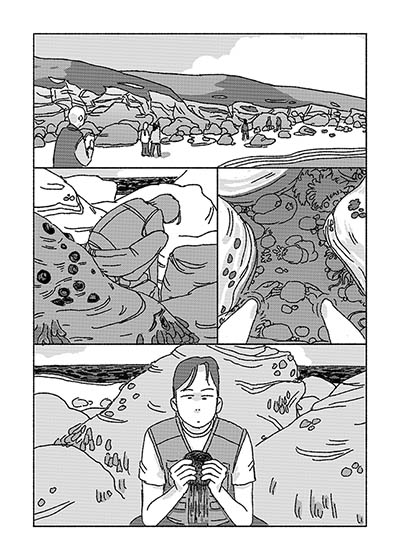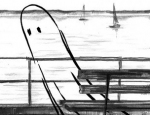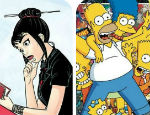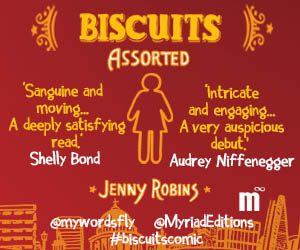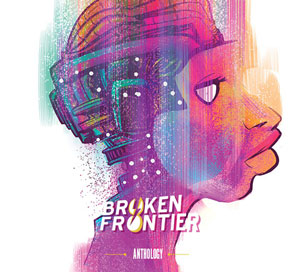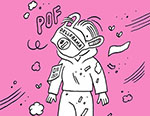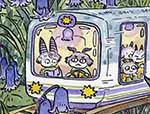Something a little different today at Broken Frontier as upcoming Avery Hill author Karenza Sparks talks about her love of stamps, and how stamp collecting so integrally feeds into the narrative of her AHP graphic novel The Corus Wave. Scroll down for a look at both Karenza’s thoughts on some of her favourite stamps and a preview of the book which is currently crowdfunding on Kickstarter here.
My graphic novel The Corus Wave is about a Geology student whose research into a peculiar fossil leads her onto a scavenger hunt in pursuit of a lost scientific theory. She investigates alongside her university housemate Eddie (and their cat Raisin) who falls into the role of sidekick. It seemed natural to me that at some point Eddie’s degree – her area of expertise – should come in handy. But The Corus Wave thematically is about the pursuit of curiosity and passion over academia, and as I developed the plot I realised it made more sense that it would be Eddie’s hobby, rather than her school work, that helped to solve the puzzle.
In this way Eddie became a stamp collector.
And maybe this was partially projection on my part, I am a bit of a stamp collector myself – although I’m not particularly interested in rarity or value. My stamp collection is built up of stamps I think are interesting or beautiful – tiny pieces of art in perforated picture frames. I want to share with you some of the stamps I have which I think are cool and interesting, and hopefully it will stir a passion for philately inside of you too.
Australian metric conversion stamps (1973)
This set commemorates Australia’s conversion to the metric system during the 1970s – something I’d never think to celebrate despite the fact it impacted the every day lives of everyone in the country. The souvenir stamp pack from the time reads: “They feature the four aspects which will most affect the Australian public – length, mass, volume and temperature. / The cartoon style was used to “humanise” the subject, and to emphasize that the man-in-the-street is vitally concerned, and will share metrication’s benefits – simplified calculations, fewer errors, and efficiency increases.” I really like this angle and the added bonus that stamps can act as a mini cheat sheet for the new unit conversions. Aesthetically I love the neon palette, the charming cartoonish blob-man, and the clean layout of the sans serif text. These stamps are such a fun and specific souvenir of a moment in time.
Japanese astronomical world stamps (2019)
My stamp collection is dominated by Japanese stamps – Japan produces so many pretty stamps in all kinds of atypical shapes (heart-shaped, flower-shaped, teddy-bear shaped…). They are beautifully illustrated, interesting, and plentiful – basically, they spark joy. Japan has been producing this style of astronomical stamps since 2018. They feature a collage of space photography on blue star-speckled backgrounds, some die-cut to match the shapes of the planets, but most importantly they have all kinds of holographic finishes! In these stamps space seem bright and appealing, sparkling and shining. I think it’s a wonderful way to celebrate astronomy and our interest in outer space. My favourite from this 2019 set is the preposterously large circular earth stamp.
British magic stamps (2005)
These stamps celebrate the centenary of the British stage magic organisation ‘The Magic Circle’. I definitely remember magic having a moment in this time period, this set was even promoted by Stephen Mulhurn who hosted a children’s magic show at the time. But to get straight to the point – these are interactive stamps! These stamps sport optical illusions and heat-reactive ink simulating popular magic tricks, accompanied by little instructions on how to make the magic happen. I just think this set is so fun and inventive and I’d love to see more like it.
Mongolian prehistoric animals stamps (1977)
Mongolia is paleontologically very rich, and these stamps commemorate a number of prehistoric animals discovered there. It’s a set of 7 so there are 2 missing from my set, but oh well. I’m drawn to any stamp with an atypical shape, and the bright, cartoonish colours are really wonderful – so in contrast with what I usually expect from a scientific image. For me, Psittacosaurus Mongoliensis is the star of the show, sheepishly glancing at us from the corner of its eye. It reminds me of Godzilla costumes from old kaiju films.
Special mention: A stamp commemorating Australia’s 10th International Congress of Accountants. A stamp which is beyond parody.
Researching this has unfortunately lead me to the discovery of a lot more stamps I’d really like to own – A beautifully illustrated Japanese stamp commemorating the opening of an underwater observatory, New Zealand’s glow in the dark glow worm stamps, a Mongolian stamp featuring a hologram of a Zeppelin, and a heat sensitive eclipse stamp from the US which reveals the full moon when rubbed. This is the problem and the marvel of stamp collecting – there’s just so many wonderful stamps to collect.
And if you’re wondering how stamps could help solve a 100 year old geological mystery – check out The Corus Wave!
The Corus Wave Preview
Article by Karenza Sparks





